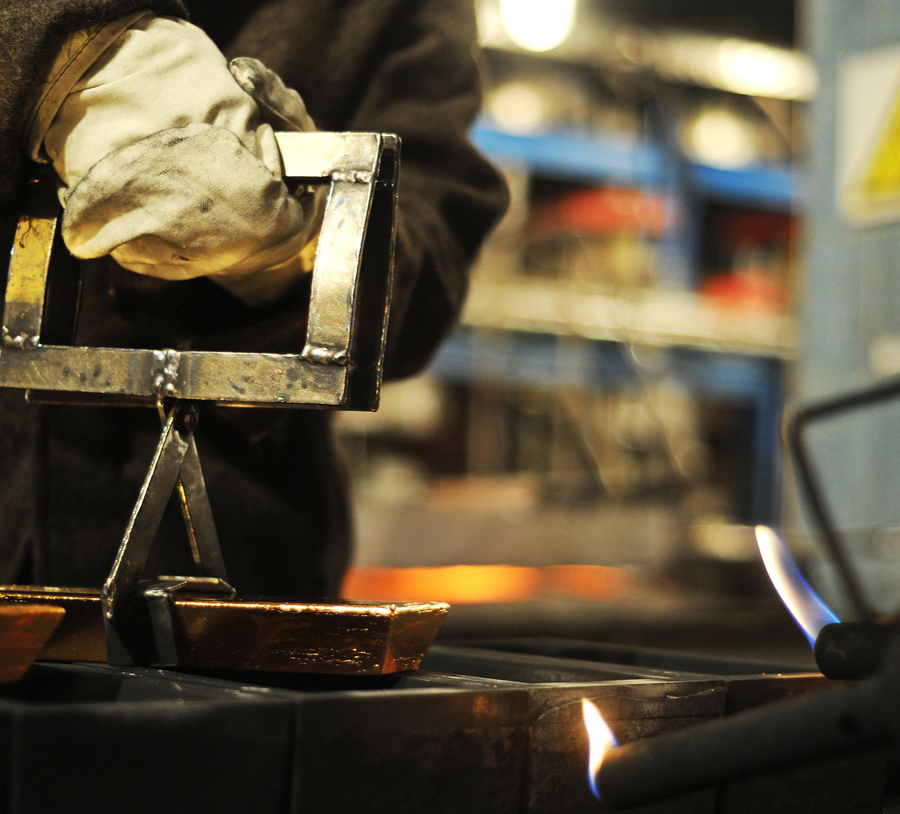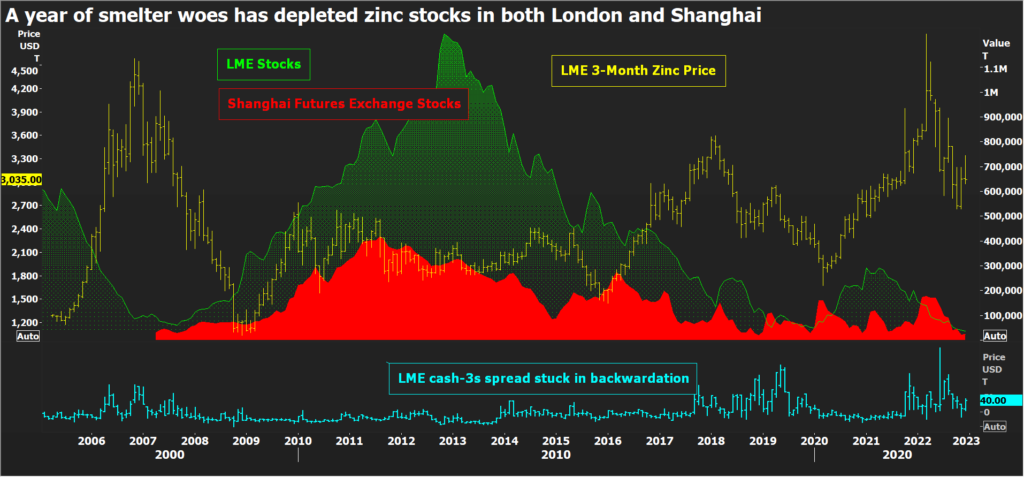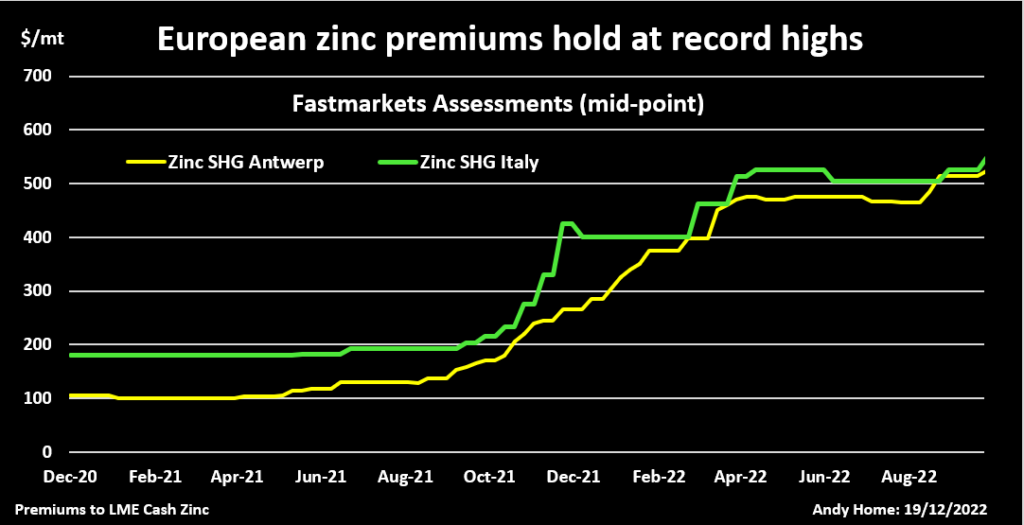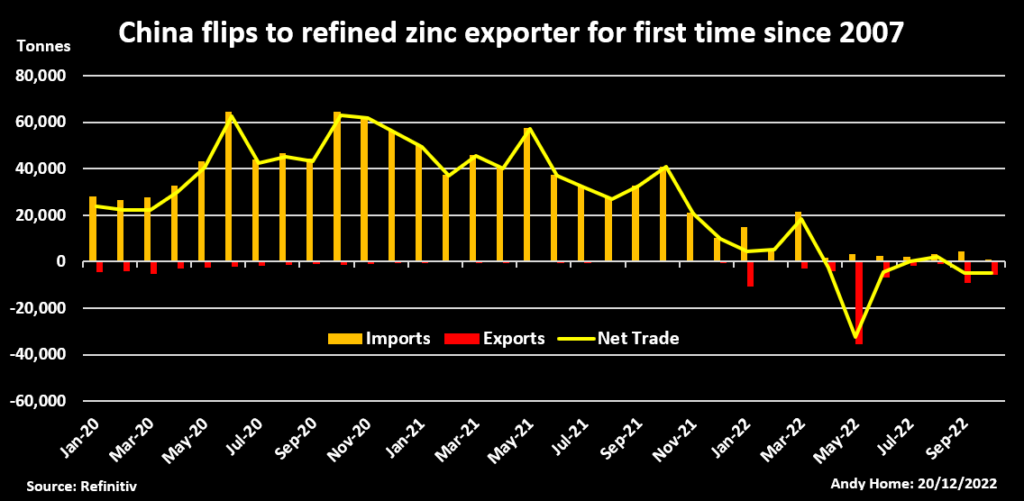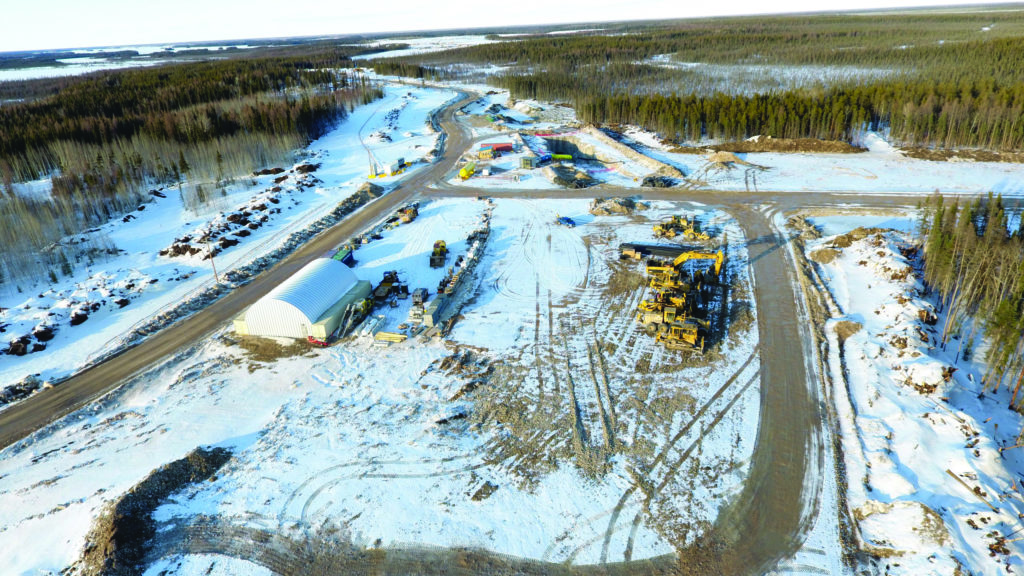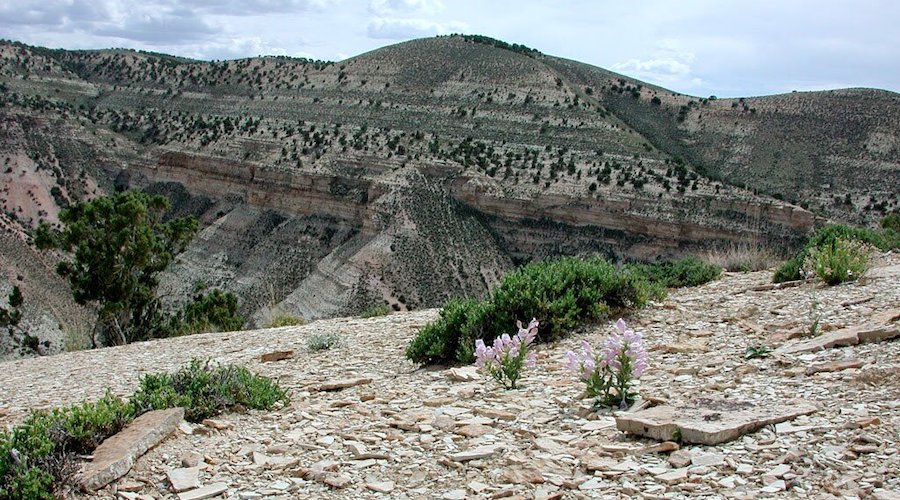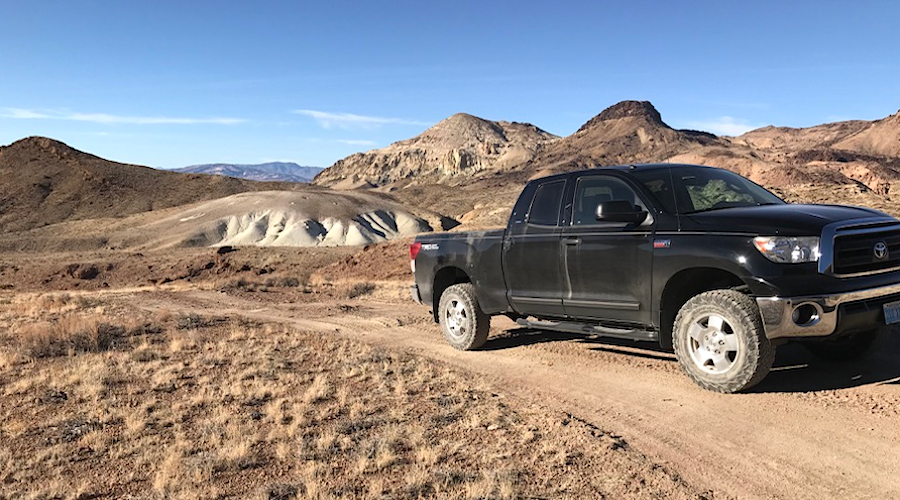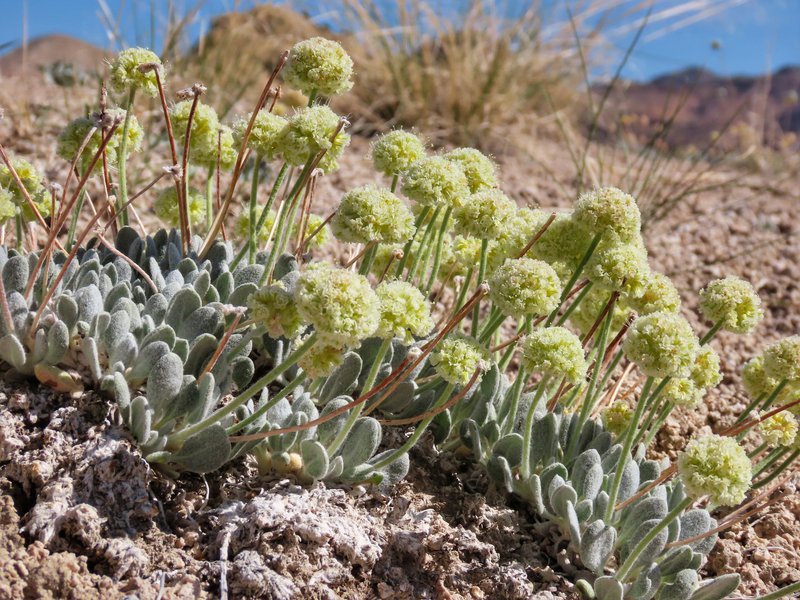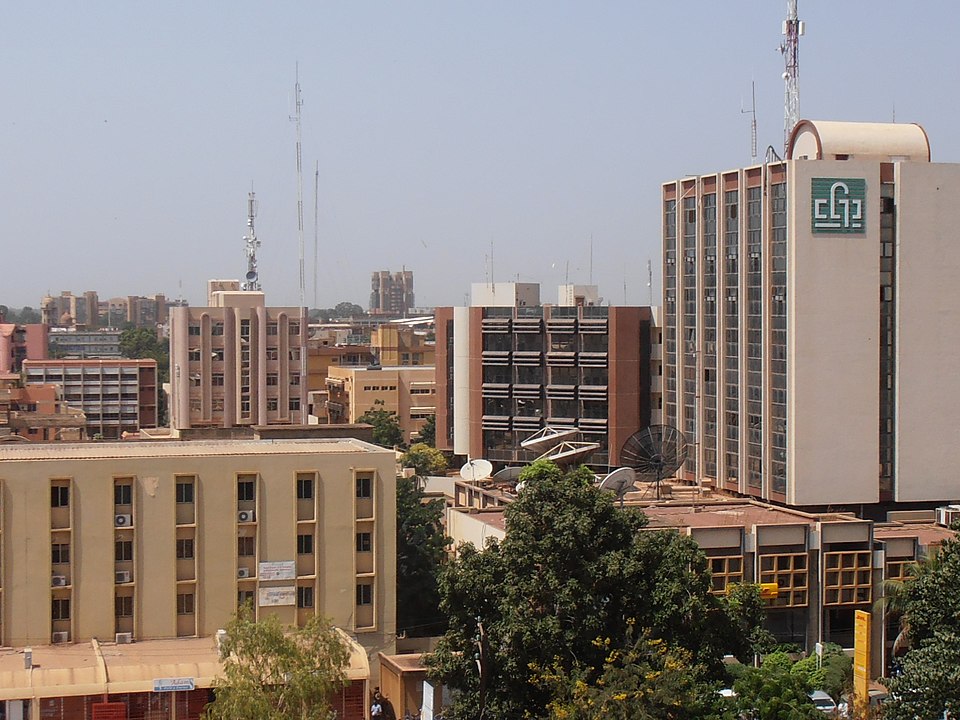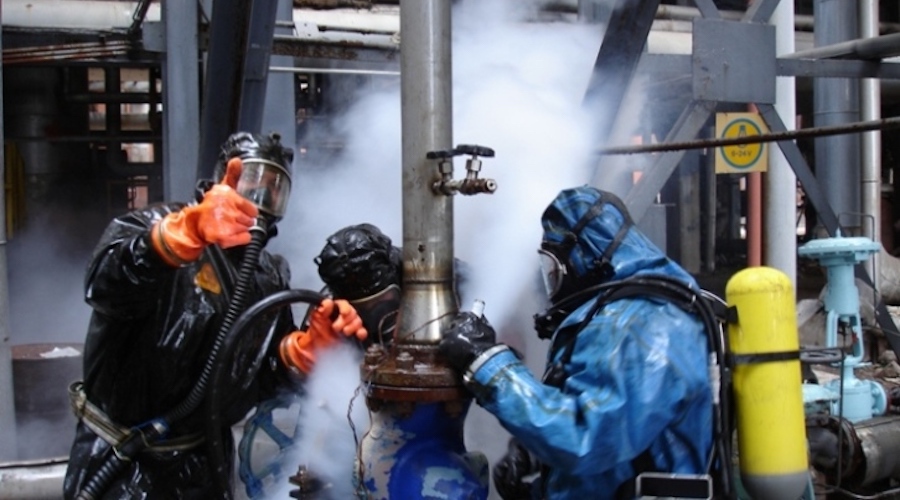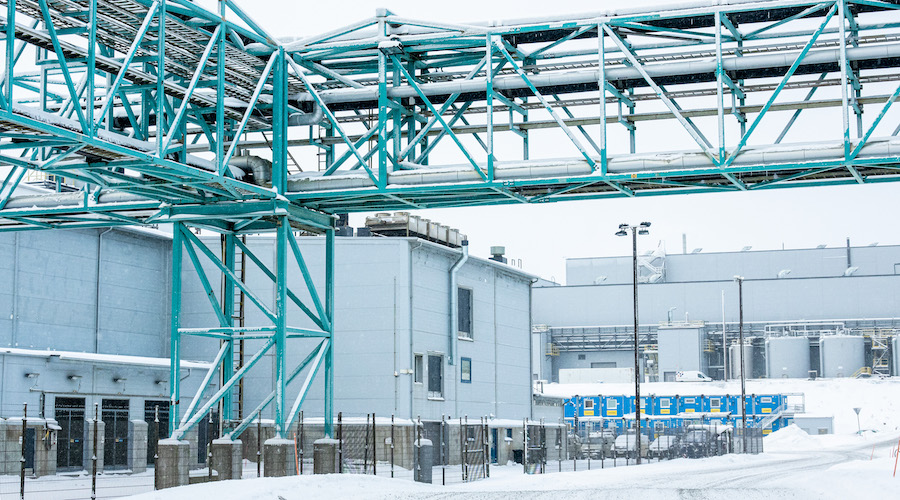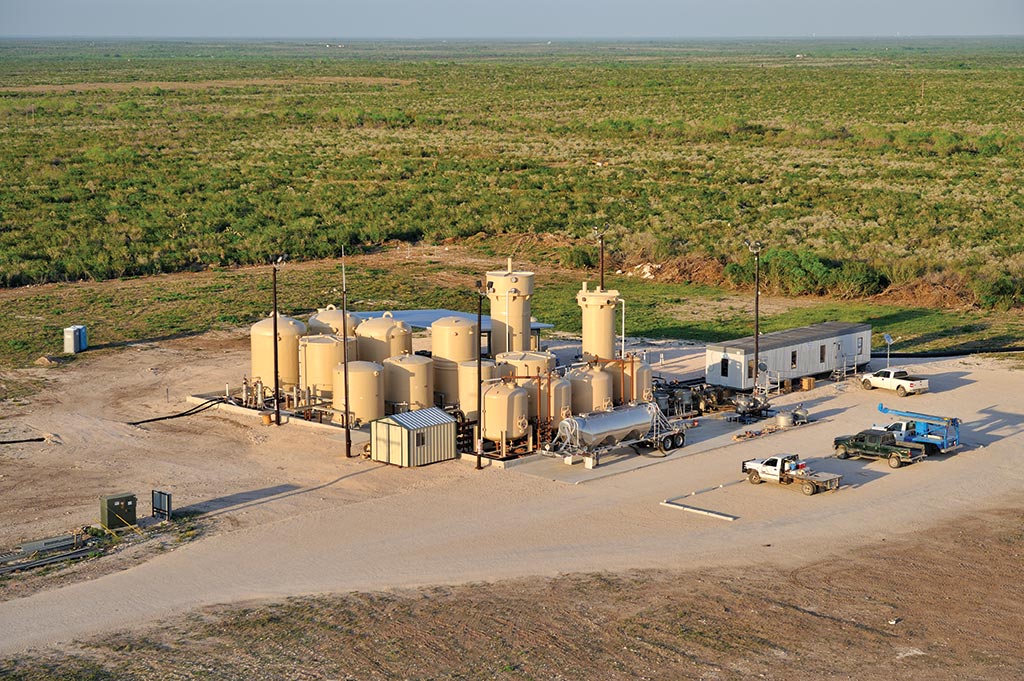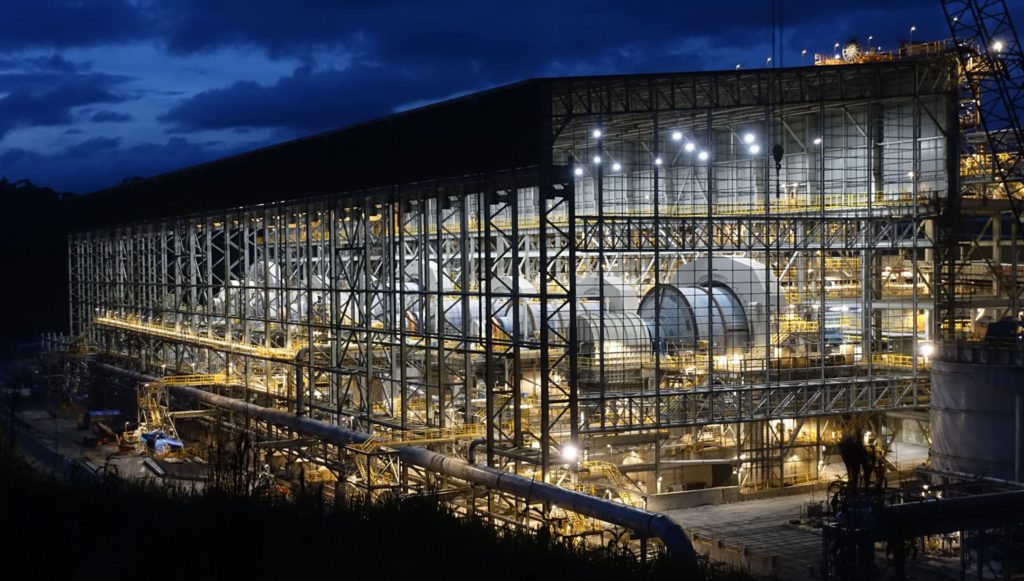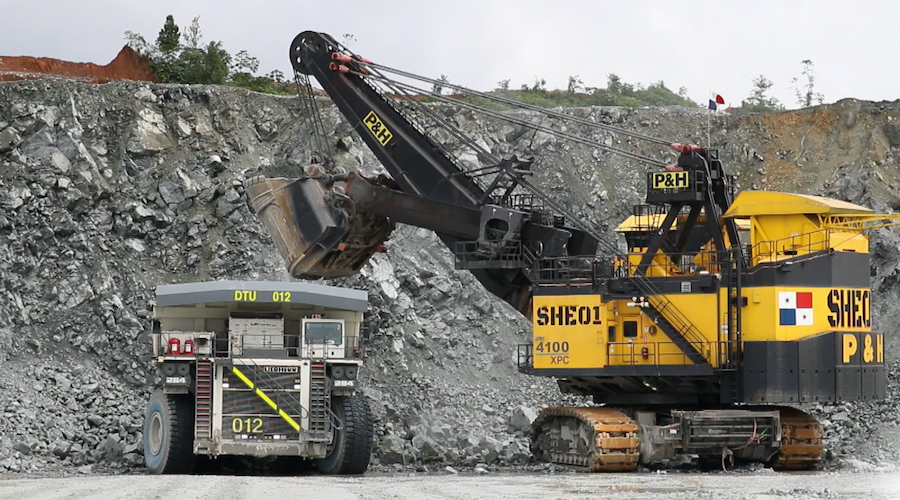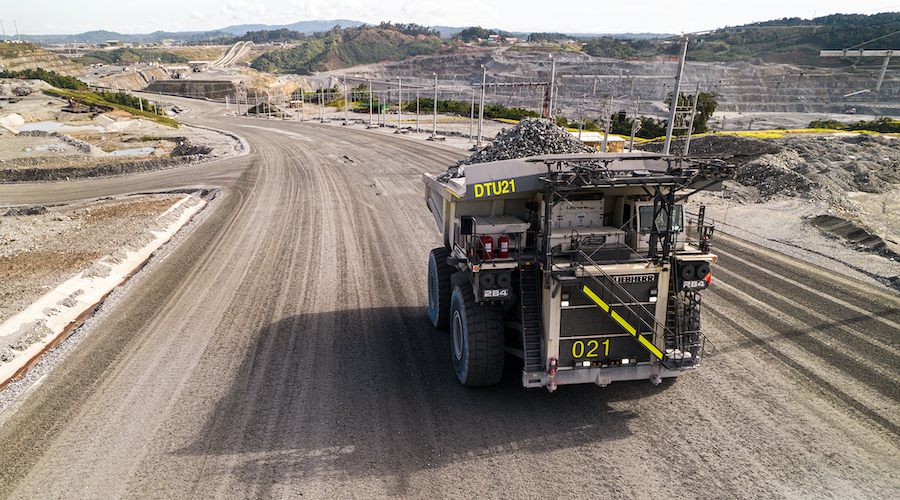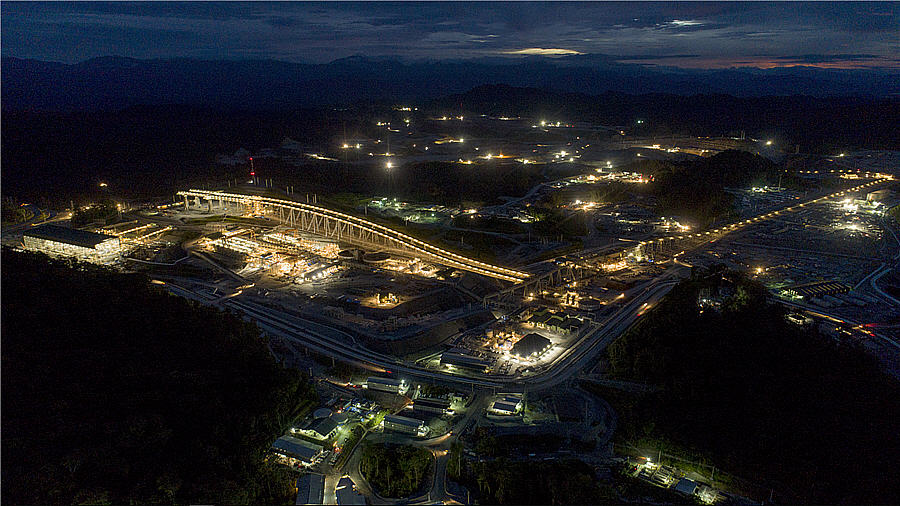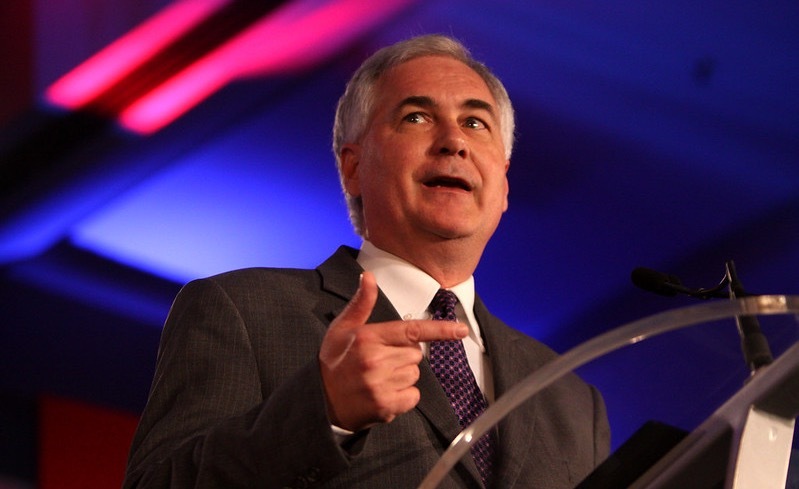Staff Writer | December 20, 2022 |
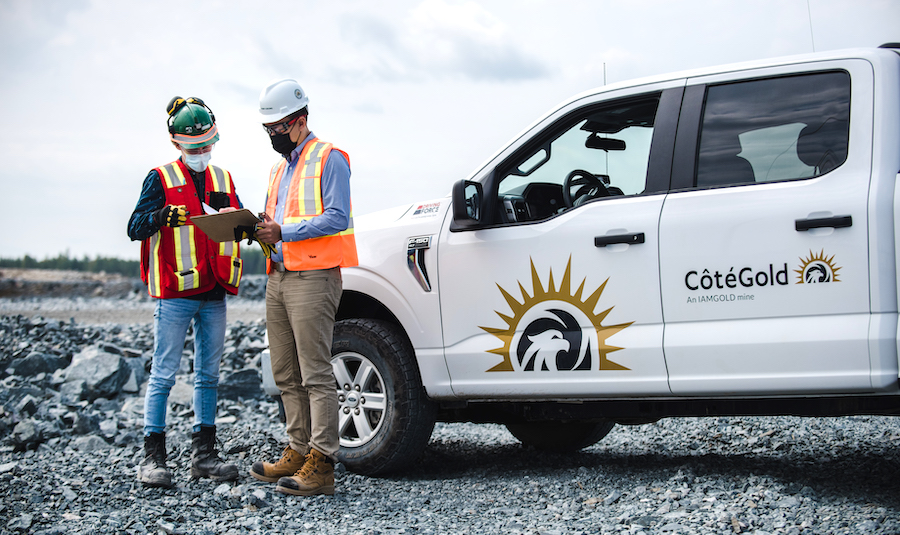
The Côté gold project in northeastern Ontario, Canada.

The Côté gold project in northeastern Ontario, Canada.
(Image courtesy of IAMGOLD.)
IAMGOLD (TSX: IMG) (NYSE: IAG) has reached an agreement to amend its existing joint venture agreement with Japan’s Sumitomo Metal Mining in order to secure funding for the company’s Côté gold project in Ontario.

Under the agreement, beginning in January 2023, Sumitomo will contribute funding amounts to the Côté gold project for approximately $340 million over the course of 2023. In exchange, IAMGOLD will transfer an approximate 10% interest in the Côté JV to Sumitomo.
IAMGOLD will retain a repurchase option that can be exercised until December 2026 to return to its full 70% interest in the Côté gold project. The company will remain as project operator.
“The financial support of Sumitomo demonstrates to all of our stakeholders the strong validation of the Côté gold project from our partner and our alignment to complete construction and commence production,” Maryse Bélanger, interim CEO of IAMGOLD, said in a news release.
“On behalf of the Board and IAMGOLD, I want to thank Sumitomo for their continued support and dedication as together we continue to build what will be Canada’s third largest gold mine by production.”
“The Côté gold project remains on track for gold production in early 2024, in line with the updated schedule and cost to complete as outlined on our most recent project update,” Bélanger said.
In separate move to raise funds for the Côté project, IAMGOLD has also sold its exploration and developments assets in Senegal, Mali and Guinea to Morocco’s Managem for $282 million, which together with the Sumitomo funding would almost cover the remaining $1 billion required to complete construction.
Shares of IAMGOLD shot up 25% by 12:50 ET Tuesday following the Côté funding announcement. The company has a current market value of C$1.49 billion ($1.1bn).
IAMGOLD (TSX: IMG) (NYSE: IAG) has reached an agreement to amend its existing joint venture agreement with Japan’s Sumitomo Metal Mining in order to secure funding for the company’s Côté gold project in Ontario.

Under the agreement, beginning in January 2023, Sumitomo will contribute funding amounts to the Côté gold project for approximately $340 million over the course of 2023. In exchange, IAMGOLD will transfer an approximate 10% interest in the Côté JV to Sumitomo.
IAMGOLD will retain a repurchase option that can be exercised until December 2026 to return to its full 70% interest in the Côté gold project. The company will remain as project operator.
“The financial support of Sumitomo demonstrates to all of our stakeholders the strong validation of the Côté gold project from our partner and our alignment to complete construction and commence production,” Maryse Bélanger, interim CEO of IAMGOLD, said in a news release.
“On behalf of the Board and IAMGOLD, I want to thank Sumitomo for their continued support and dedication as together we continue to build what will be Canada’s third largest gold mine by production.”
“The Côté gold project remains on track for gold production in early 2024, in line with the updated schedule and cost to complete as outlined on our most recent project update,” Bélanger said.
In separate move to raise funds for the Côté project, IAMGOLD has also sold its exploration and developments assets in Senegal, Mali and Guinea to Morocco’s Managem for $282 million, which together with the Sumitomo funding would almost cover the remaining $1 billion required to complete construction.
Shares of IAMGOLD shot up 25% by 12:50 ET Tuesday following the Côté funding announcement. The company has a current market value of C$1.49 billion ($1.1bn).
